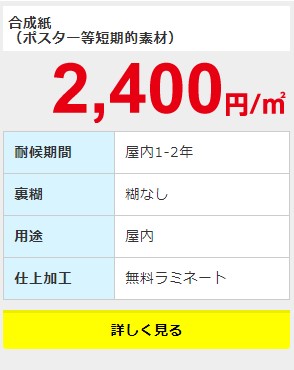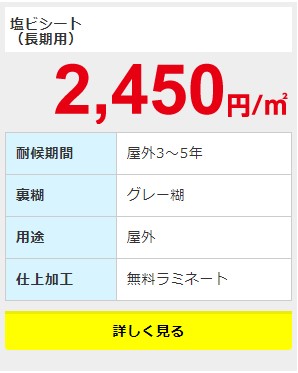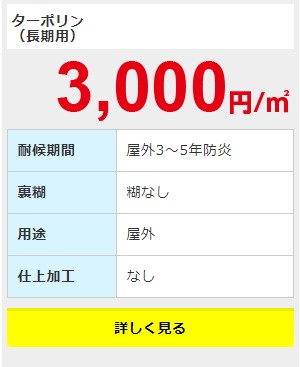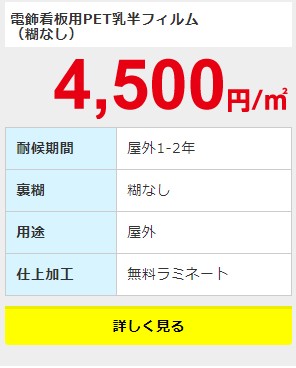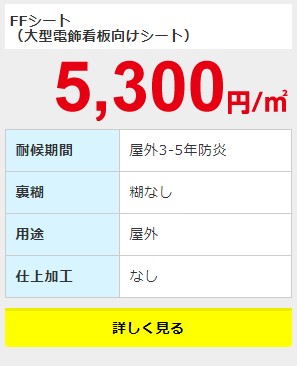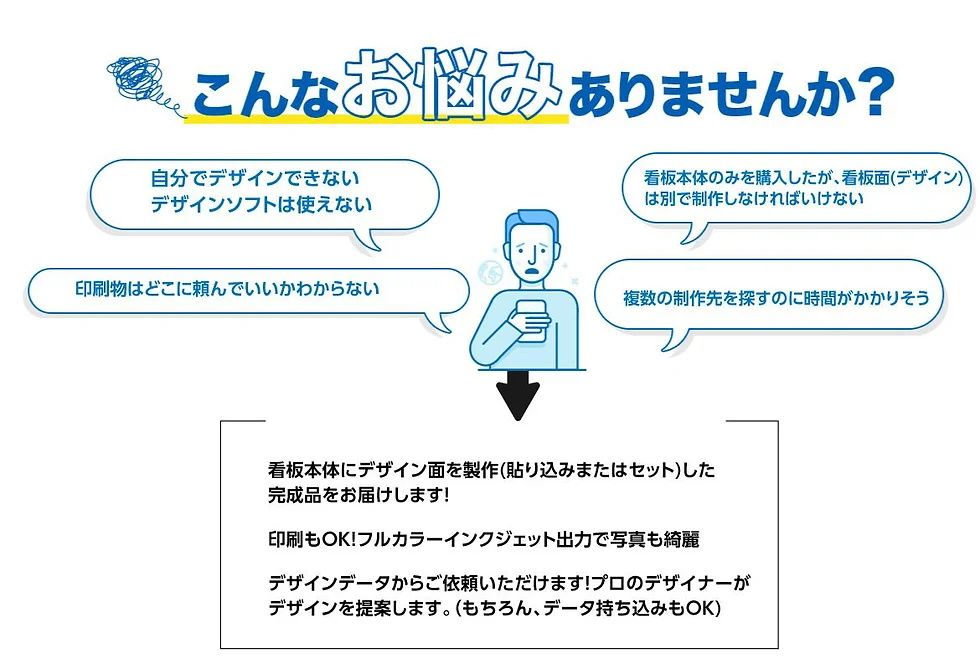It also makes it https://www.calculator.net/investment-calculator.html harder to distinguish transaction participants on the public distributed ledger by combining single-signature and multi-signature transactions into a single verification process, thereby enhancing privacy. Bitcoin uses public-key cryptography, meaning that a wallet consists of two keys, one public and one private. Public keys identify wallets on the blockchain and are shared with other parties in order to receive BTC, while private keys enable you to access and send BTC from the wallet. Miners solve these puzzles and are allowed to create the next block of the blockchain. These new blocks are mined every ten minutes, and miners who create them are rewarded with a certain amount of Bitcoin.
What Is Bitcoin Mining?
It is difficult to predict the exact date of the next halving as it depends on the block height. Since halving happens every 210,000 blocks, the next Bitcoin halving is expected to occur in 2028. Bitcoin’s price is renowned for being highly volatile, but despite that, it has become the top performing asset of any class (including stocks, commodities and bonds) over the past decade – climbing a staggering 9,000,000% between 2010 and 2020. Each bitcoin is made up of 100 million satoshis (the smallest units of bitcoin), making individual bitcoin divisible up to eight decimal places.
What Is the Lightning Network?
Surprisingly, the anti-crypto stance of the Chinese government has done little to stop the industry. According to data by the University of Cambridge, China is now the second-biggest contributor to Bitcoin’s global hash rate, only behind the United States.
Bitcoin Price(BTC)
That said, some service providers that accept fiat and send BTC to user wallets may take longer than ten minutes to facilitate transactions. This may be due to waiting for fiat payments to settle, batch processing, or AML (Anti Money Laundering) regulations, among other reasons. In February 2011, BTC’s price reached parity with the U.S dollar for the first time.
Bitcoin Markets
- Users can then close these channels at any time and settle their final balances on the main BTC chain.
- In February 2011, BTC’s price reached parity with the U.S dollar for the first time.
- Bitcoin was created in 2009 by an unknown person or group of people using the pseudonym Satoshi Nakamoto.
- Some concepts for a similar type of a decentralized electronic currency precede BTC, but Bitcoin holds the distinction of being the first-ever cryptocurrency to come into actual use.
This was followed by a heavy crackdown on Bitcoin mining operations, forcing many crypto-related businesses to flee to friendlier regions. One of Taproot’s main aims is to batch multiple signatures and transactions, making it faster and easier to verify transactions on the network. As set out in the Bitcoin Protocol, https://www.reddit.com/r/passive_income/comments/1bpd2s7/how_can_i_make_money_online/ this reward began at 50 BTC with the genesis block in January 2009. Bitcoin halving refers to the reduction of the Bitcoin block reward paid out to miners upon the successful creation of a new block.
To its users, traders, and holders (or hodlers!), Bitcoin is a type of electronic money that, unlike almost every previous alternative, exists independently and outside the https://www.bankrate.com/investing/best-investments/ control of any state or financial institution. Other factors such as market sentiment, regulatory developments, and global events can also impact the price of Bitcoin. Bitcoin can be purchased on Binance and the live price is updated and available in real time on Binance. At present, miners are heavily reliant on renewable energy sources, with estimates suggesting that Bitcoin’s use of renewable energy may span anywhere from 40-75%.
This proof of work can be boiled down to the computers on the network, or miners, solving cryptographic puzzles to arrive at a solution. This process is assigned a certain level of difficulty and, although time-consuming to generate, it’s easy to verify. A ledger isn’t a revolutionary concept, but it is required as a record of transactions within a financial system. The fact that the ledger used by BTC is publicly distributed marks a significant departure from the traditional financial system.
Who created Bitcoin?
The global banking sector is estimated to have a similarly large carbon footprint, and quantifying that of the financial services industry https://www.momentumcapital.co.za/ as a whole has not yet been managed. This is not strictly true, however, being that Bitcoins are stored on the blockchain and wallet addresses only identify them. But, to all intents and purposes, having a wallet and keeping its private key safe is similar to being in possession of and not losing a physical wallet containing cash.
Ever since the pizza delivery guy who effectively bought 10,000 BTC for the price of two pizzas, Bitcoin has been an effective peer-to-peer currency – and it can still be purchased in a peer-to-peer fashion. These new blocks are formed by a new group of transactions that are accepted by the nodes of the Bitcoin network, added to the network, and then published to all nodes. Rather than requiring central approval and oversight, a majority of computers on the network instead hold sway.
Bitcoin is based on revolutionary blockchain technology, where transactions are recorded on a public distributed ledger and are secured by a decentralized network of computers dedicating their computational power to solving cryptographic tasks. A hard fork is a radical change to the protocol that makes previously invalid blocks/transactions valid, and therefore requires all users to upgrade. For example, if users A and B are disagreeing on whether an incoming transaction is valid, a hard fork could make the transaction valid to users A and B, but not to user C. Furthermore, some who defend Bitcoin argue that the gold and banking sector — individually — consume twice the amount of energy as Bitcoin, making the criticism of Bitcoin’s energy consumption a nonstarter. Moreover, the energy consumption of Bitcoin can easily be tracked and traced, which the same cannot be said of the other two sectors. Those who defend Bitcoin also note that the complex validation process creates a more secure transaction system, which justifies the energy usage.

















